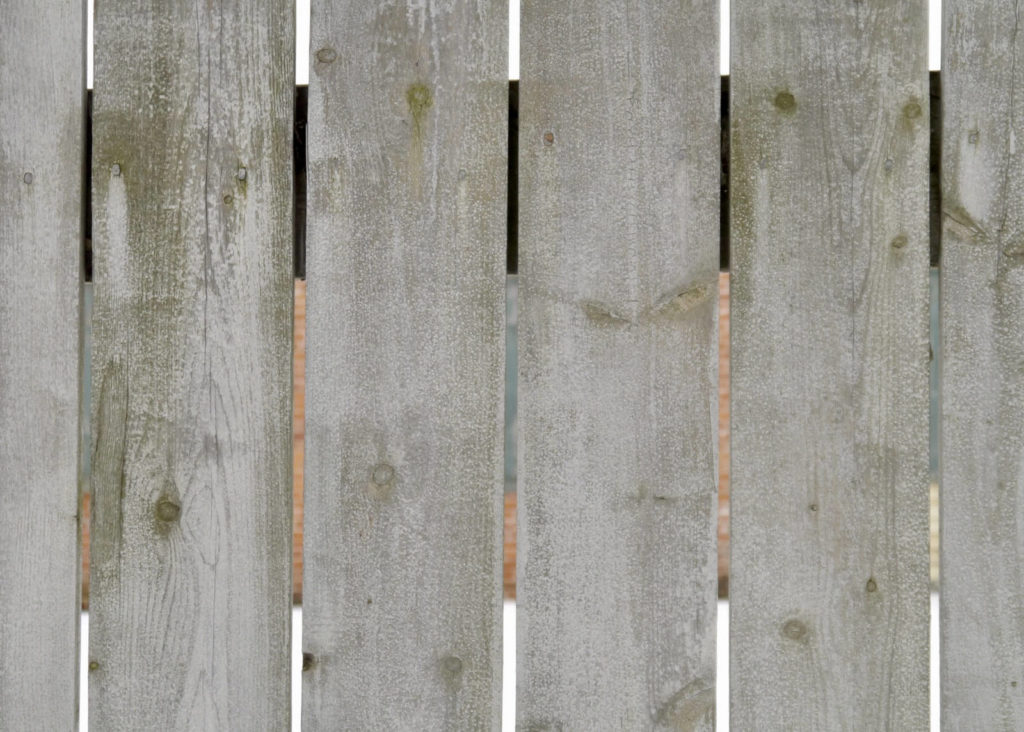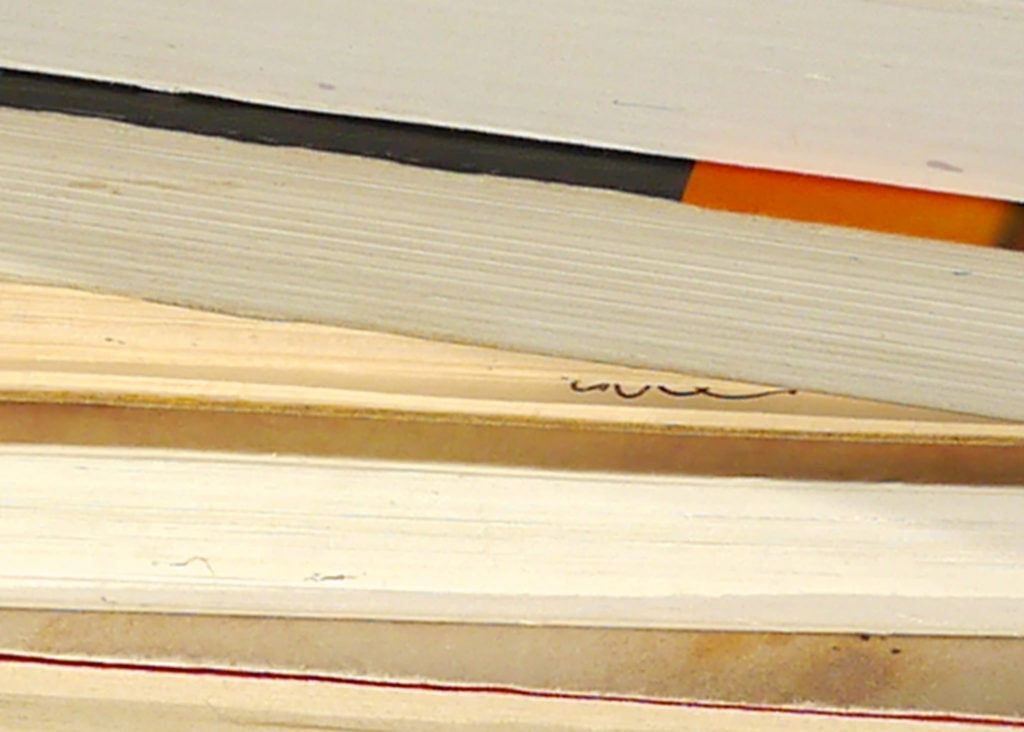
This is the first in a series of posts on aspects of perception, as outlined in my previous post. The idea behind these posts is to give you a grounding in perception in preparation for a course that I’m creating on this topic. The course (coming this fall) will give participants the opportunity to practice noticing their own perceptions and to keep an ongoing journal of photographs on the topic.
Why is this important? Well, the answer is in the subject of this post, that perception is primary, pre-cognitive, and non-narrative. It’s not our normal way of looking at the world since we’re so quick to name, label, judge, categorize, even make meaning. There’s nothing wrong with doing any of these, they’re how we make sense of the world. But, the key to opening up to new ways of seeing is by becoming aware of our pre-cognitive perceptions.
By becoming more aware of our perceptions, we become more grounded in the world, and our actions (and photographs) come from that source. Often, our initial perceptions are filtered by the many stories we tell ourselves about what we should photograph, or what’s good and what’s not. They’re covered up by our opinions, or the opinions of others, as well as our likes and dislikes. It’s not that we shouldn’t have opinions or tastes, but that they can always be open to question. Life is not static. We change. The world around us is always changing and there’s always new information to consider.
Perception is primary and pre-cognitive.
It is the source, the beginning – where you discover your unique way of seeing. It comes before our brains kick in to make meaning. It’s the most real moment because the meaning we make is like a filter on our experience. In Miksang contemplative photography, they call it a flash, a moment of direct seeing when eye and mind are aligned.
“A flash of perception is a gap in the thinking process – a moment when you are suddenly stopped by something startling or shocking or absorbing. Time comes to a standstill and you are suddenly present. There are no concepts, judgments, labels – just pure, direct seeing.” ~ Michael Wood and Andy Karr, The Practice of Contemplative Photography (paid link)

Often, we move right past that first flash. Maybe we’re not even conscious of it. For example, you look through a store window and immediately see to what’s beyond the window, what’s inside. If you’re aware of your initial perception, you see the reflection of what’s outside, including possibly yourself, along with what’s inside.
Read: Playing with Window Reflections. In this post, there is an exercise in working with window reflections as a way of becoming more aware of initial perceptions, not just what we want to see. If you do this exercise, it will be most effective if you photograph only window reflections for a certain time. Your eye (and brain) have to switch over to this new way of seeing so it’s best not to go back and forth.
Perception is non-narrative.

The image above is an example where I tried to show my initial perception of a pile of books before I labelled it as such. Uta Barth is a photographer who is a master at seeing and photographing her perceptions. Her goal is to let go of any narrative so that she can truly see. According to Barth, narrative can be interesting but it takes you away from the visual experience itself.
“Eliminate theme, story, even yourself. Know something as it is without comparing/contrasting it with something else. Re-examine your expectation of what a photograph can be. Be willing to be confused, to re-orient to a new way of seeing.”
~ Uta Barth
Why let go of yourself, your judgments, your likes and dislikes? Because it will help you expand the way you see, and then the understanding becomes even richer. I’ve found especially that letting go of judgments, opinions, likes and dislikes, expands my photographic repertoire exponentially. It’s changed what I consider to be beautiful. And that makes life a whole lot better.